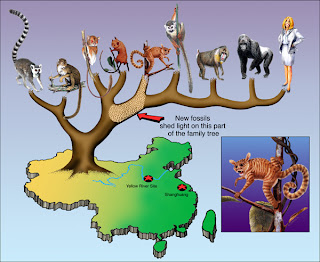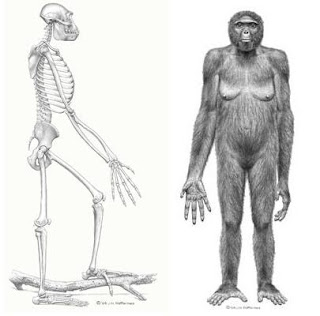
Hindu scriptures are very clear about the origin of mankind. They never talk about any migration to ‘India, that is Bharat’, from outside. Only the foreign scholars confused Indians by proposing Aryan- Dravidian migration theory. They wrote that Aryans came from Central Asia or Siberia and Dravidians came from The Mediterranean. But now scientists themselves are rewriting their theses. They started admitting their blunders. Slowly they will come to the conclusion that mankind originated in India. That is what the greatest of the Tamil poets, Bharathi, said about India:
When was our mother born?
Who can hazard a guess?
Not even the learned that discern
What happened in the days of yore.
Though our mother’s age
No one can compute
Alone on earth does she shine
For ever in virgin bloom
(Poem by Bharathi, Translation by Dr T N Ramachandran)
The famous Tamil quote “ Even before the stones became sand there came a race with swords in their hands, so old is this race!” also confirms it.
Now read the news item that was published in the latest edition of New Scientist magazine:
WE DIG ASIA
“ Move over Africa. It is where humanity began, where we took our first steps and grew big brains. But those interested In the latest cool stuff on the origins of our species should look to Asia instead.
Why so? It looks as if some early chapters in the human story, and significant chunks of its later ones too, took place under Asian skies.
For starters, 37 million year old fossils from Burma are the best evidence yet that our branch of the primate tree originated in Asia rather than in Africa.
A great deal later, after the emergence of humans from Africa, some of our distant cousins set up shop in Asia, only to die out later. In 2012 anthropologists described for the first time human fossils unlike any others—ancient hominins dubbed the Red Deer Cave People who lived in what is now china recently as 15,000 years ago, then vanished without further trace.

Picture: 3.2 million year old skeleton of Lucy, first woman, from Ethiopia
The implications is that more long lost cousins remains to be found in south east Asia’s neglected fossil record. We know a little about the enigmatic Denisovans, for example. Their DNA was first discovered in 50,000 year old fossil fragments from a Siberian cave in 2010, and traces of the DNA live on in modern Indonesians. Not only does this show that the Denisovans interbred with our species, it also suggests they occupied a territory so large it took in South-East Asia as well as Siberia.
Yet the only evidence we have of their existence are a finger bone and a tooth. Too long have the vast plains and forests of Asia remained untouched by the trowels and brushes of palaeoanthropologists. Teams of them are champing at the bit to explore Asia's rocks. Denisovans - and, hopefully, other ancestors, too - will not remain faceless for long”.
Read also my earlier posts:
1.முதல் திராவிட ராணி: கி.மு 1320,
2.சுமேரியாவில் தமிழ்ப் பறவை,
3.HOW OLD IS INDIAN CIVILIZATION?
4.Double Headed Eagle: The Sumerian Indian Connection,
5.Bull Fighting: Indus Valley to Spain via Tamil Nadu,
6.Naming a Country after a Man,
7.The Sugarcane Mystery: Indus Valley and the Ikshvahu Dynasty,
8.Pandya King Who Ruled Vietnam
